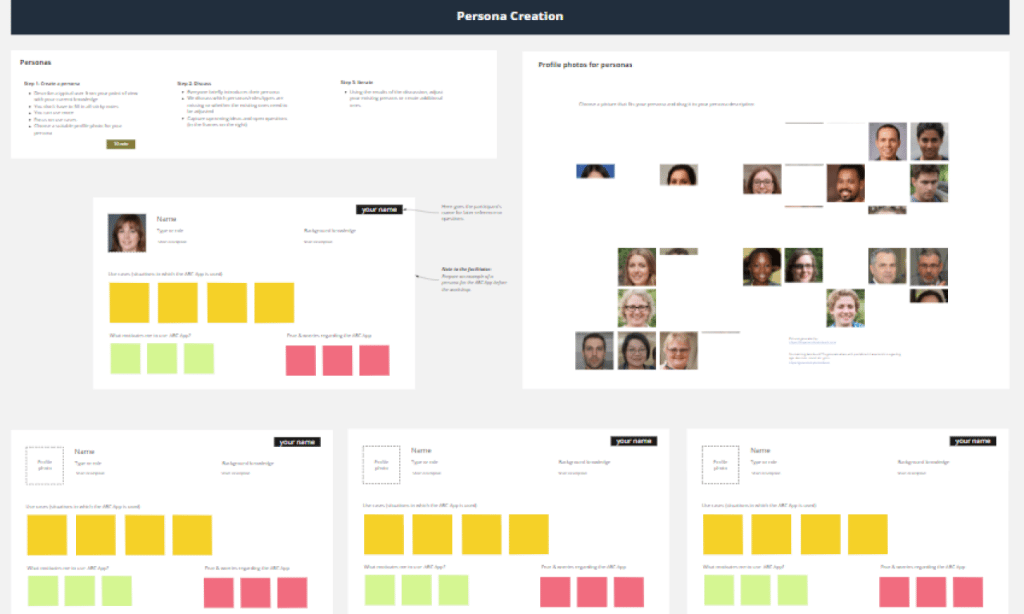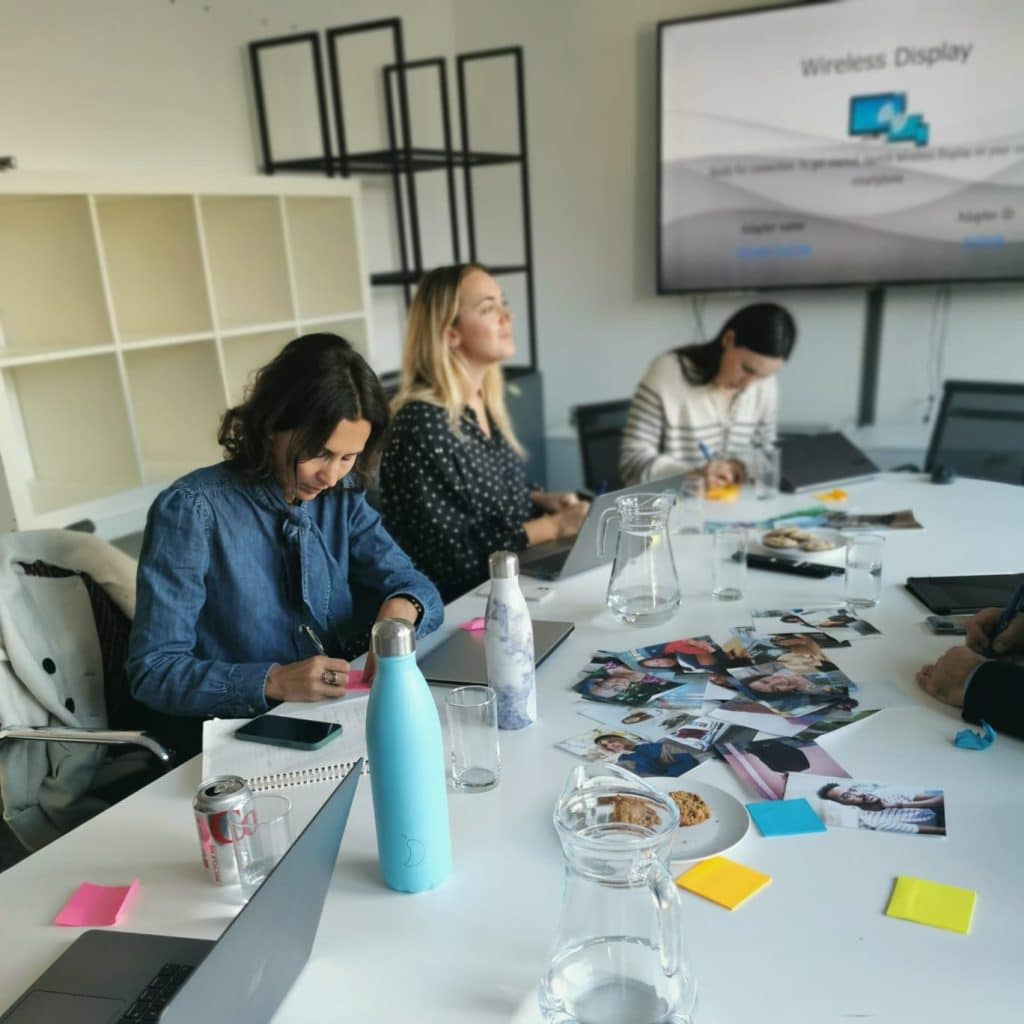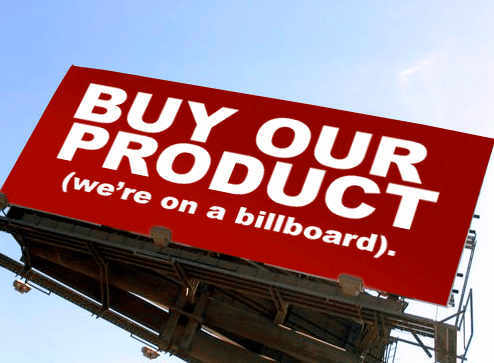When it comes to advertising, a lot of focus goes into targeting the right audiences and creating a good customer experience on the website so our visitors convert.
While focusing on visibility and conversion rate is important, ensuring your ads are engaging can have a huge impact on your traffic levels, conversions and overall efficiencies.
However, writing an effective ad can be very different to the way traditional copywriting is approached. In this blog post, I’ll outline the four key ways to write ad copy that converts.
1. Define your audiences accurately with primary sales data
Most brands have a fairly decent idea around who their customers are. However, when prodded, they often come up with very broad customer segments that could apply to a lot of very different brands. This can make it really challenging to promote products and write ad copy that resonates with customers.
An easy starting point to start narrowing down these segments is your own sales data. Looking back over the last 12 months and segmenting them by gender and age range can help you decide how to segment your audiences. For example:
- Are there any groups that are generating the highest levels of traffic, conversion rate, sales, revenue, AOV and ROI?
- Are there any groups who dropped off compared to the 12 months prior, or who saw an increase in sales and revenue?
Once you have selected three to four segments you want to focus on, you can move on to expanding on what you know about them
2. Understand your audience
Persona workshops can be a great way to define your selected audience segments better. They can also help to engage key people in the business by getting them to share what they know from their contact with customers.
There are many ways to run persona workshops. You can do it online using 3rd party software such as Miro, which allows everyone to collaborate remotely.

However, if you really want to make the most out of it, running it in person can really bring out the most useful information from everyone involved.

You can start by creating a demographic profile for your audience, and asking questions around their goals and objectives, their fears and challenges, their purchase triggers and common questions they might be asking themselves.
Some starting questions you can use:
- What’s their age range, location, household status and income level?
- What is their goal when purchasing a product like yours?
- What concerns them about it?
- What questions are they likely to be asking themselves when researching the product?
- What can trigger them to make a purchase?
- What other brands do they follow?
- What publications do they read?
- What keywords are they likely to search for?
- What adjacent products might they be looking for?
- What products from your range are they more likely to buy?
3. Build your profiles
By the end of this workshop, you should have a really good idea about who each persona is, for example:
- Their name, age and how their household looks
- What they’re trying to achieve with your products
- What challenges they face
- What other brands they buy or publications they read
It’s time to put this into a report that helps make sense of it all. Ideally, each persona would have a ‘passport’ page that outlines their main demographic information and some other vital pieces of data, such as device usage, personality traits or motivations.
You can then expand your personas by adding all the data you’ve gathered around their:
- Needs and goals
- Fears, challenges and frustrations
- Purchase motivations
- Feelings
- Common questions
- Favourite brands
- Products most likely to purchase
This report can be shared throughout your company and with any development and marketing agencies you work with. It can really help to have an agreed understanding of what customer groups look like across the business. Effectively segmenting our database will also help for lead nurturing or website improvements so we can meet the needs of these personas.
4. Bespoke Targeting
One of the main goals when building these personas is to create a distinct, recognisable segment so we can:
- Choose the right channels
- Create visibility around the right product categories for them
- Ensuring our marketing messages resonates with them
This can help us move away from marketing that looks like this:

Targeting
The major platforms (like Google Ads) have a wealth of targeting options at your disposal. Combining them based on the information you have around your personas will allow you to create bespoke audience segments you can target.
For example, you can select your gender and age, and layer it with:
- Locations: do they live in large cities, or rural areas?
- Likely income: do they visit websites that signal luxury, such as Net-A-Porter? Or are they more likely to visit websites selling inexpensive or discounted products?
- Adjacent Interests: E.g. if your products are vegan, targeting users who are looking for vegan recipes would be a good way to reach them
- Lifestyle & Hobbies: is your product something a foodie would use? Or someone attending an event? These can all be targeted as Affinity interests
- Publications: Do they read certain online magazines, blogs or other media? You can target these too!
Once you’ve layered all these audiences, you’ll likely end up with a smaller but hyper-focused segment that is very relevant to your products or services. Now you just need to make sure that what you say appeals to them!
Ad Copy & Creative
You don’t need to have big budgets or to produce bespoke video to engage with your users. By this point, you will have:
- A list of common questions they might be asking themselves
- Pain points and challenges
- Triggers that are more likely to get them to purchase
You can put all these to good use by crafting your copy and creative around them.
Young + less disposable income
For example, if you sell a high end product and are trying to appeal to a younger audience with less disposable income, you can focus on the lower priced products your brand sells. You can push messaging around being able to pay in instalments or the samples you might offer.
Disposable income + sustainability interest
Or, if your audience appreciates luxury, has the disposable income to pay for it but is concerned about sustainability, you can showcase behind the scenes imagery and ad copy that centres around your sustainable production process and practices.
Use Emotion
Using emotion is another great way to create engaging ad copy. Your research might show that your customers are:
- Apprehensive about your price tag
- Worried about a change in their life that your product / service can help solve
- Confused about how products like yours work
If so, you can pre-empt these concerns by acknowledging them and use positive emotions like affirmation, flattery, humour or inspiration to encourage them to interact with your brand.
Not only will doing this increase your chances of a purchase, but it will make you a lot more memorable!
Targeting in Practice: Xfinity Case Study
One of the best examples on how well this bespoke targeting and copywriting process can work comes from Xfinity Mobile’s Data In Dollars case study. Using readily available targeting options on Youtube, the brand targeted users on specific phone networks watching videos while using phone data.
They then created a series of bespoke bumper video ads that showed those users how much watching the next video would cost them in dollars. The ads finished with a strong CTA, encouraging users to switch to their mobile network and save their money, which saw searches for the brand triple.
How we can help
We are a Google, Bing, Facebook and Amazon-certified agency focused on Performance Marketing and Consultancy. If you’d like to discuss our PPC services in more detail, or get our help with running a persona workshop, get in touch with our team!


